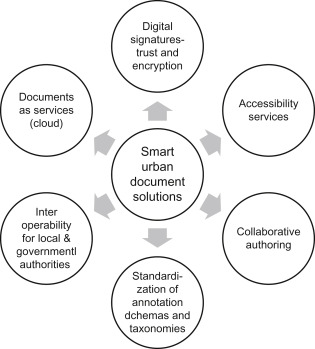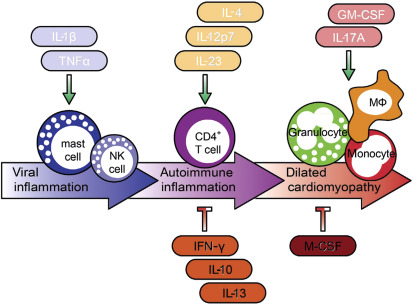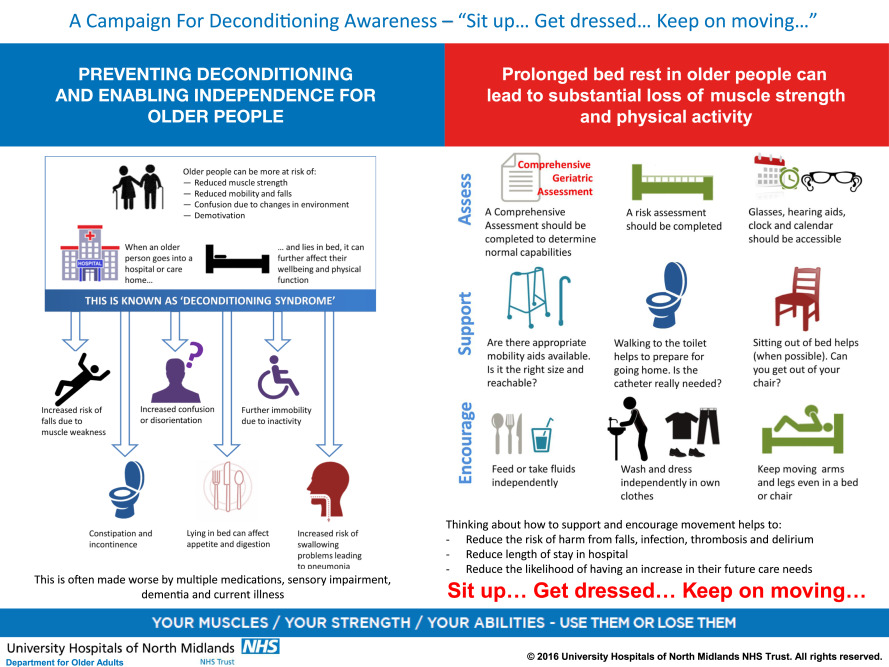Saving Food: Production, Supply Chain, Food Waste and Food Consumption, Volume , 1 January 2019
Food waste is a great problem nowadays; while many people are starving around the world, tons of food is wasted every day. An efficient way to preserve food is using industrial processes such as heat, cold, drying, fermentation, irradiation, high pressure, pulsed electric fields and modified atmosphere, among others, but it is also possible to use active packaging (AP) to extend the shelf life of food products. This packaging uses active compounds, as antimicrobial and antioxidants that could be released over time in the food and its products and increase their shelf life.
Innovation in Health Informatics: A Smart Healthcare Primer, Next Gen Tech Driven Personalized Med&Smart Healthcare, 2020, Pages 3-38
Emerging and Reemerging Viral Pathogens, Volume 1: Fundamental and Basic Virology Aspects of Human, Animal and Plant Pathogens, 2020, Pages 53-68
Design and Operation of Solid Oxide Fuel Cells: The Systems Engineering Vision for Industrial Application, Volume , 1 January 2019



